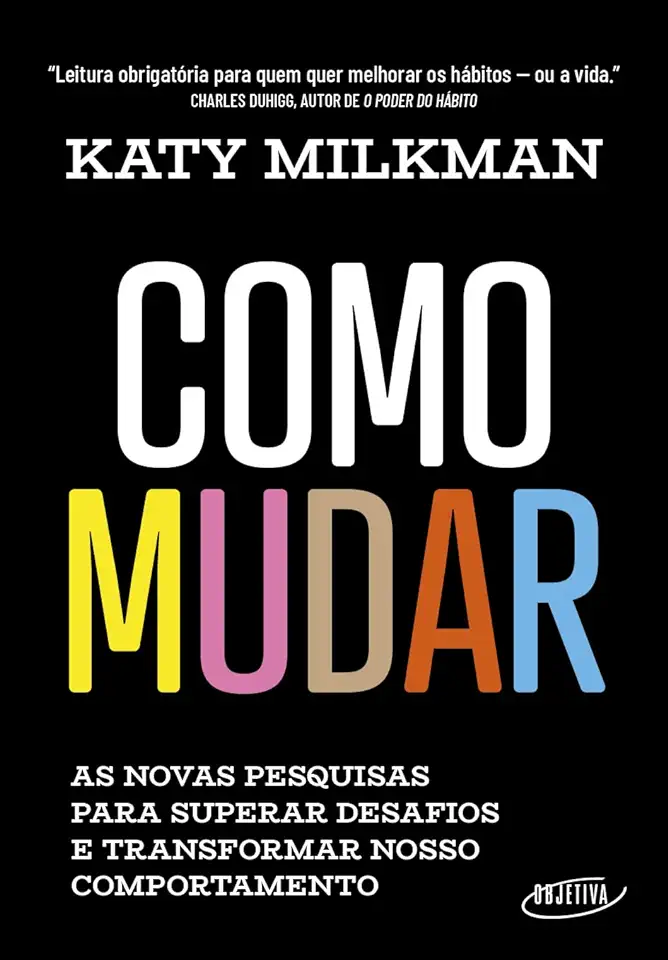
How to Change: The New Science of Getting from Where You Are to Where You Want to Be - Katy Milkman
How to Change: The New Science of Getting from Where You Are to Where You Want to Be by Katy Milkman
In her groundbreaking book, How to Change, Katy Milkman reveals the hidden psychology behind our habits and offers practical strategies for making lasting change. Drawing on cutting-edge research from psychology, neuroscience, and behavioral economics, Milkman shows that the key to change is not willpower or motivation, but rather understanding the habits that drive our behavior.
Why We Don't Change
Milkman begins by explaining why it's so hard to change our habits, even when we know they're not good for us. She identifies three main obstacles to change:
- The Habit Loop: Habits are formed through a three-step process: cue, routine, and reward. When we encounter a cue, we automatically perform a routine, which leads to a reward. Over time, this process becomes ingrained in our brains, making it hard to break even when we want to.
- The Power of Context: Our environment plays a huge role in our habits. When we're in a certain environment, we're more likely to perform certain habits. For example, if we're surrounded by unhealthy food, we're more likely to eat unhealthy.
- The Allure of Instant Gratification: We're often drawn to activities that provide immediate rewards, even if they're not good for us in the long run. This can make it hard to resist temptation and stick to our goals.
How to Change
Despite these obstacles, Milkman argues that change is possible. She offers a number of practical strategies for making lasting change, including:
- Start Small: Don't try to change everything all at once. Start by setting small, achievable goals. For example, if you want to lose weight, start by setting a goal to lose 10 pounds.
- Make it a Habit: The best way to make a change stick is to turn it into a habit. This means creating a cue, routine, and reward for your new behavior. For example, if you want to start exercising, you could set a cue to exercise every morning after breakfast. Your routine could be to put on your workout clothes and go for a 30-minute walk. Your reward could be to listen to your favorite music while you walk.
- Change Your Environment: If you want to change your habits, you need to change your environment. This means removing the cues that trigger your bad habits and adding cues that trigger your good habits. For example, if you want to eat healthier, you could remove all the unhealthy food from your home and stock up on healthy food.
- Find a Support System: Having a support system can make it easier to change your habits. Find a friend, family member, or colleague who is also trying to make a change. You can support each other and hold each other accountable.
Conclusion
How to Change is a must-read for anyone who wants to make lasting change. Milkman's research-based strategies are practical and effective, and her writing is clear and engaging. If you're ready to make a change, this book is for you.
Order Your Copy Today!
How to Change is available now at Amazon, Barnes & Noble, and other major retailers. Order your copy today and start your journey to lasting change!